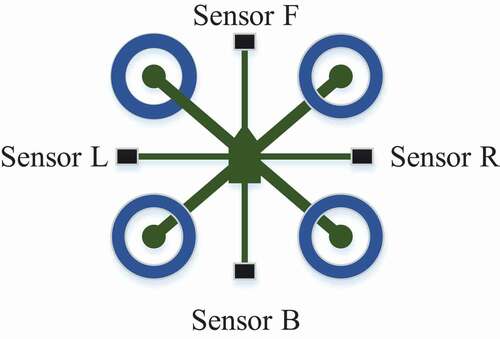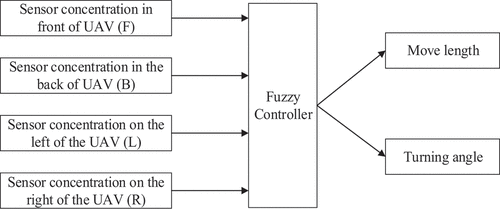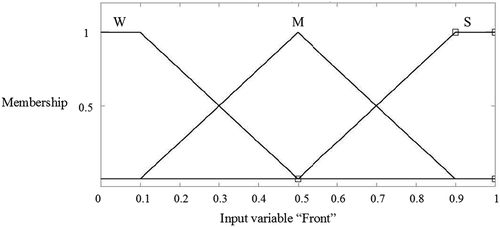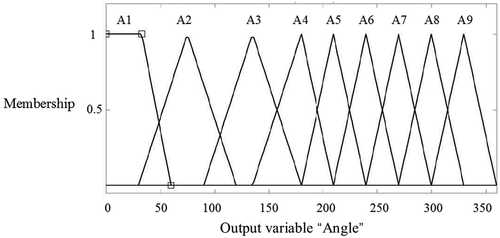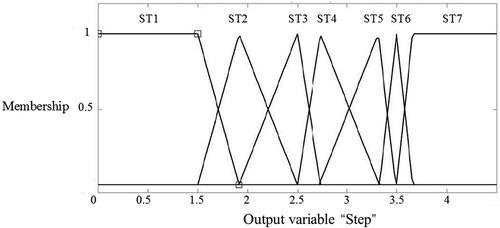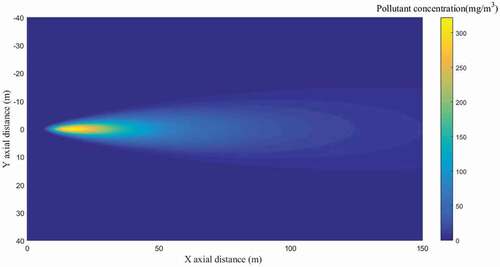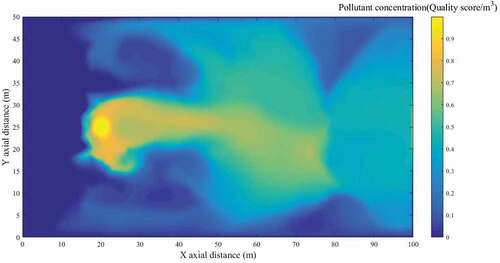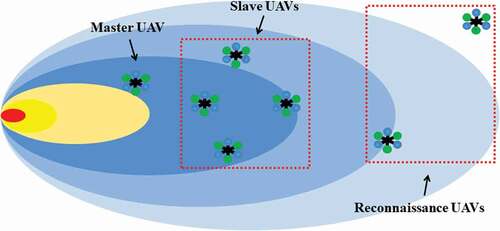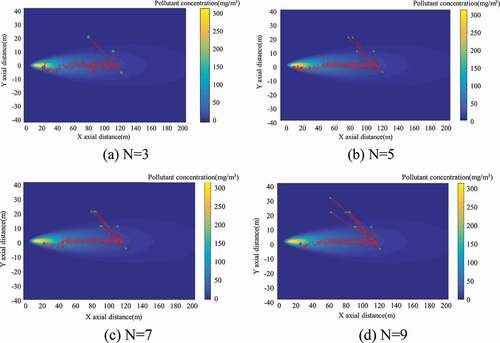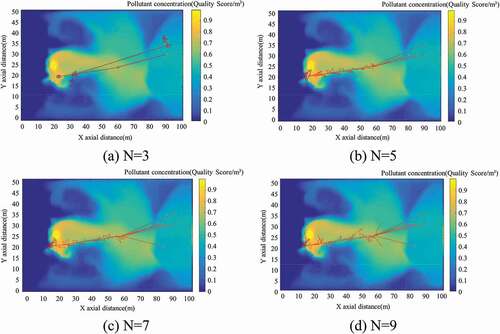Figures & data
Table 1. The fuzzy control rule.
Table 2. Simulation parameters.
Table 3. Simulation parameters.
Figure 8. Trajectories of the FCT algorithm(left) and the ZigZag algorithm(right) obtained in the Gaussian concentration field.

Figure 9. Tracing results of the FCT algorithm(left) and the ZigZag algorithm(right) under Gaussian environmental conditions with different wind speed.
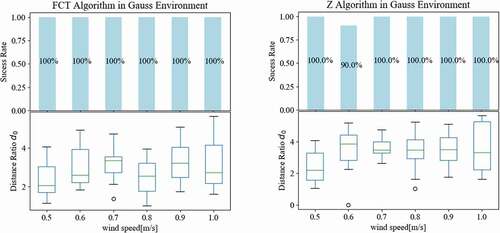
Figure 10. Tracing results of the FCT algorithm(left) and the ZigZag algorithm(right) under Gaussian environmental conditions with different gas release speeds.
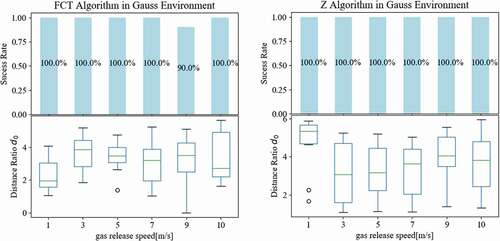
Figure 11. Trajectories of the FCT algorithm(left) and the ZigZag algorithm(right) obtained in the Gaussian concentration field.

Figure 12. Tracing results of the FCT algorithm (left) and the ZigZag algorithm (right) in a complex environment with different wind speeds.
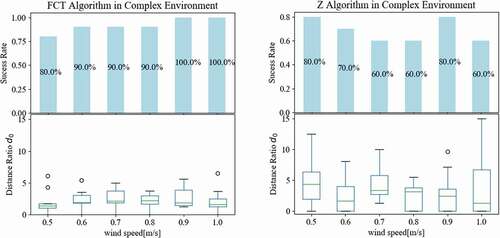
Figure 13. Tracing results of the FCT algorithm and the ZigZag algorithm in a complex environment with different gas release speed.
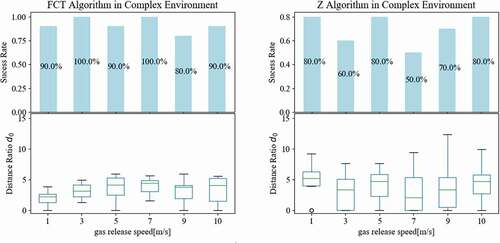
Figure 16. Analysis of simulation results under steady-state conditions. (a) Wind speed, (b) Source intensity, (c) Total population.

Data availability statement
The data that support the findings of this study are available from the corresponding author, Tao Ding, upon reasonable request.

